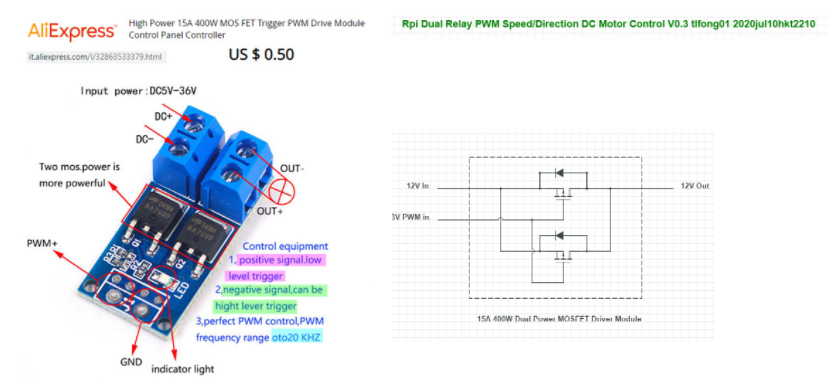Question
Can I drive this solenoid with a USB 5V power supply?

Answer
(1) Your XY-MOS module is a dual N-Channel Power MOSFET switch which can be used as a simple current switch, for a relay, solenoid, or a lamp etc, controlled by a DC voltage level control signal.
If, instead of a simple DC level signal, you use a PWM signal, you are switching on and off at a frequency, so controlling the brightness of a lamp, or speed of a a DC motor.
(2) This is a schematic of the MOS switch module:

(3) A solenoid can be used to switch on/off a water valve, or as a door lock. A relay can be used to switch on/off a motor or the brightness of a lamp. Their input is sort of a inductive coil. You can read the following schematic to get a rough idea of the control signals.

(4) So for a solenoid to turn on/off a water valve, you don't need any PWM signal, you only use a DC voltage level. The simplified schematic is shown below.

(5) Troubleshooting notes
In you experiment, if the status LED is on, the two MOSFET switches should most likely be on, switching the 12V power to the solenoid. But:
(a) Are are you sure it is a 5V solenoid, not a 12V one?
(b) If a DC 9V battery to used to control the LitteBit's 9g toy servo, which needs 100-250mA typical current during movement https://www.youtube.com/watch?v=5yHcMRPP0Ys, it might not be able to switch on a more powerful 5V/12V solenoid water valve, which usually requires more than 350mA.
(c) One way to verify if your battery is too weak to drive the solenoid which might need 300+ mA, you can replace the solenoid by a 3V~6V toy DC motor, which needs only around 60mA to start steadily moving.
(d) Point to point soldering for reliable electrical contacts.
(e) Short/Connect all signal grounds together.

/ to continue, ...
References
(1) Medium Push-Pull Solenoid - 5V (800mA) or 6V (1A)- AdaFruit US$7.5
(2) Why Your Solenoid Needs a Diode? - Collin’s Lab Notes 2021may20






